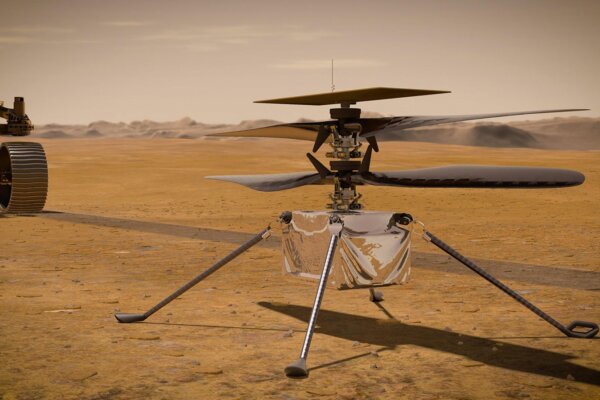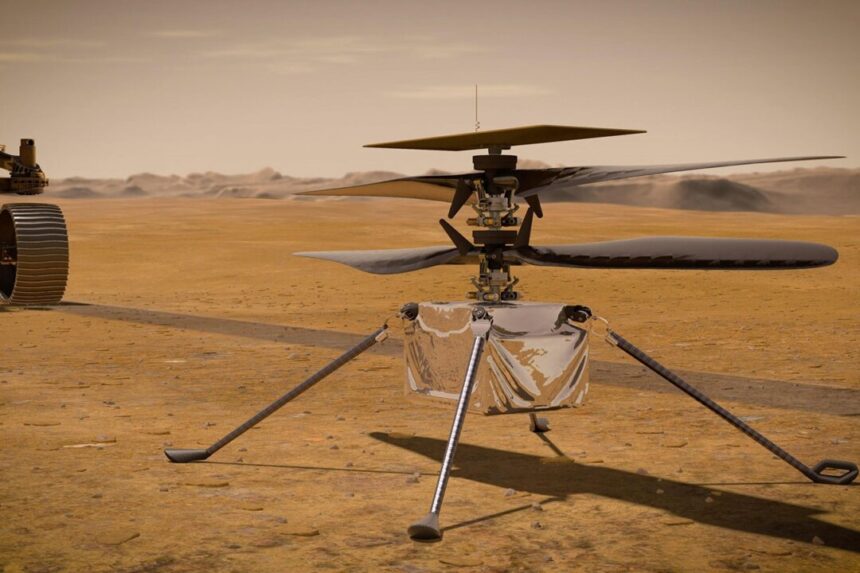
Astronauts have a higher risk of developing kidney stones following space flight, with the likelihood being two to seven times higher one year after the mission.
While space exploration represents a significant step forward for humanity, it can take a toll on the body, as indicated by a recent study focusing on the impact on visceral organs, particularly the kidneys.
The study, released on June 11, delves into the effects of microgravity and galactic cosmic radiation (GCR) on the body using data collected from rodents and humans.
Analysis samples were obtained from 11 mice and five humans exposed to space flight, along with one rat subjected to simulated microgravity and four mice exposed to cosmic radiation, according to the study.
Researchers examined whether radiation exposure led to tissue damage resulting in irreversible loss of renal function by analyzing physiological and anatomical data from 20 space flights involving humans and rodents.
Plasma and urinary samples from 66 astronauts aboard the International Space Station (ISS) for up to 180 days were also analyzed by scientists.
One of the findings highlighted in the study is the increased risk of kidney stones among astronauts, with the likelihood of developing them being significantly higher post-spaceflight.
The study pointed out that microgravity, which causes weightlessness in space, can accelerate the formation of kidney stones by altering the biochemistry involved in their crystallization process.
In addition to microgravity, space radiation was identified as another contributing factor to kidney stone formation, with exposure to galactic phenomena such as coronal mass ejections, solar wind, and GCR posing risks.
Human Exploration of Mars
NASA is actively working towards human exploration of Mars due to its potential as a location where life may have existed in the solar system, offering valuable insights into Earth’s past and future.
The space agency aims to have astronauts on Mars by the 2030s and is developing advanced propulsion systems to facilitate the journey, including nuclear electric and nuclear thermal propulsion options.
Inflatable landing gear and heat shields are being engineered to enable safe spacecraft landing on Mars, while NASA is also designing flexible suits and mobile labs for conducting experiments on the Red Planet.
The study’s senior author and NASA were contacted for further insights into the research on the adverse effects of space travel on humans.






